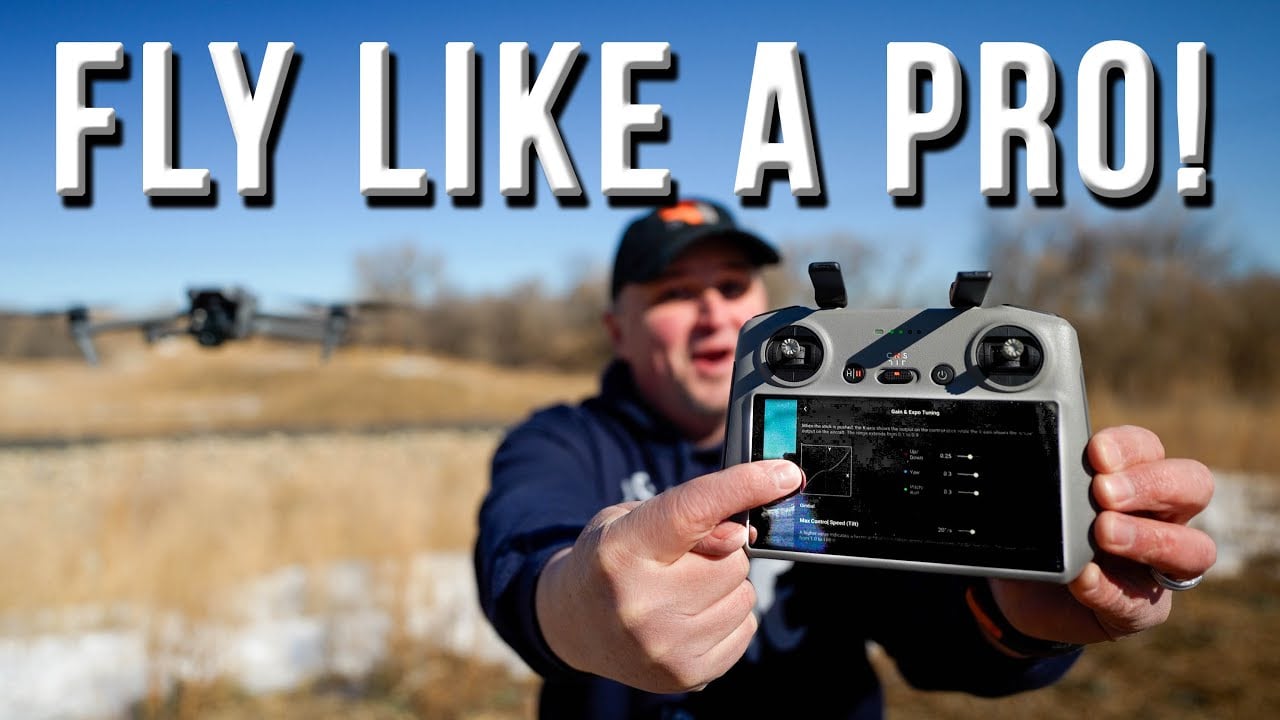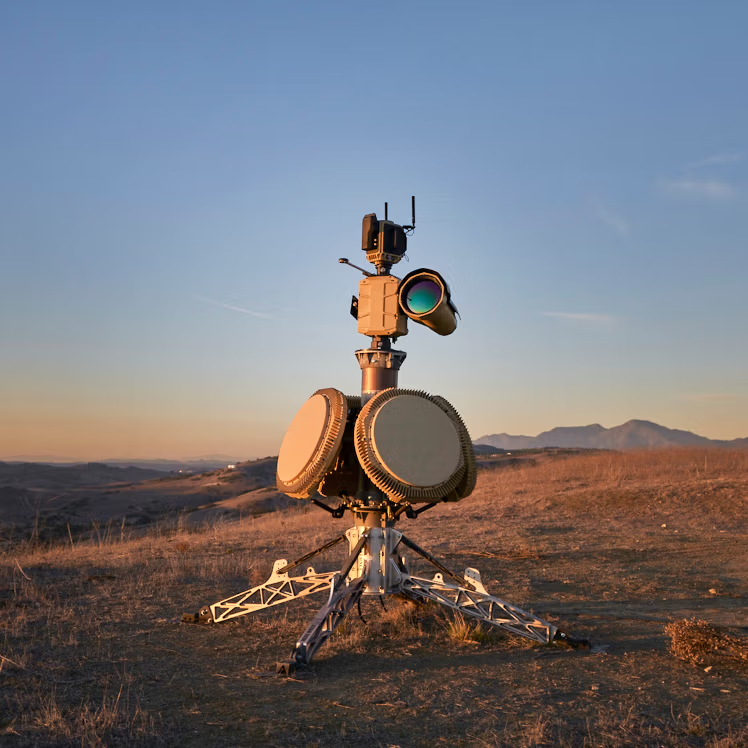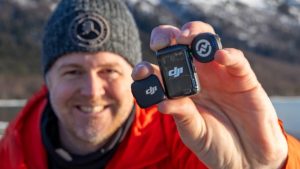The Most Important Drone Settings – A Comprehensive Tutorial
Welcome back to the Above and Beyond series! In this episode, we delve into the fundamental drone settings crucial for producing breathtaking aerial videos. This series aims to support newcomers in the drone hobby or those seeking to unleash the full potential of their drones. Many drone owners express frustration over not achieving the desired results, and this tutorial intends to help you overcome that.
The purpose is straightforward: equip you with knowledge and skills to enhance your drone flying experience. I encourage you to explore various settings to determine what works best for your style. Instead of providing precise settings, I’ll guide you to experiment and find your ideal configuration.
Understanding Drone Settings
Every drone operates a bit differently, yet the fundamental impacts of these settings remain largely the same across models. In this instance, I will focus on the A3S drone, but many of these principles apply to recent DJI models. To modify the settings I will discuss, locate the three dots in the top right corner of your control panel and select “Control.”
Gain and Expo Tuning
Click on the “Gain and Expo Tuning” option. You’ll come across three selectable modes: Cine, Normal, and Sport. Each mode enables you to quickly switch and customize settings according to your preferences. While the Cine mode aims for gentle cinematic movements, feel free to adjust it as you see fit, as you can for the Normal and Sport modes.
Exploring Normal Mode Settings
Click on Normal mode to review each setting, starting with Max Horizontal Speed, Max Ascent Speed, and Max Descent Speed. Typically, it is optimal to set these to their maximum values to influence your drone’s speed in various directions. Let’s take the A3S for a flight demonstration.
As we ascend, it’s worth noting that DJI has made notable changes, like eliminating geo zones, easing the flying process significantly. With Max Horizontal Speed set around 33.6, we’ve reached approximately 32 mph flying straight and about 30 mph sideways after achieving altitude. For Max Ascent and Descent speeds, we can expect around 13 mph and -3 mph, respectively.
Adjusting Maximum Angular Velocity
Let’s discuss Maximum Angular Velocity, which indicates how quickly the drone can rotate horizontally. Mine is set to 75 degrees per second, which may be too fast for some users. I recommend adjusting this to about 60 degrees per second for a balanced performance.
Setting Yaw Smoothness
Yaw Smoothness affects how the drone starts or stops turning. A setting of 1 results in immediate stops and starts, while setting it to 100 enables a more gradual transition. I have this set around 40, providing a manageable drift effect.
Adjusting Brake Sensitivity
This parameter governs how suddenly the drone halts its momentum upon stick release. A lower value leads to excessive coasting, while a higher number results in abrupt stops. I find a setting of around 40 best balances speed and control, but feel free to adjust based on personal preference.
Understanding Expo Settings
Expo settings control how sensitive the sticks are. A setting of 0.9 makes the drone overly responsive to slight inputs, while at 0.1, there’s a significant delay. Aiming for middle ground, I typically set yaw sensitivity around 0.3 and pitch/roll around 0.25.
Configuring Gimbal Tilt Speed
To finish, the Maximum Control Speed impacts how quickly the gimbal can tilt. I suggest setting this between 15-20 degrees per second for optimal smoothness.
Thank you for tuning in to this tutorial on Gain and Expo Tuning. If you have any questions, please drop them in the comments. In the next video, I’ll share more advanced drone and camera settings. Fly safely and make the most of your aerial adventures!













